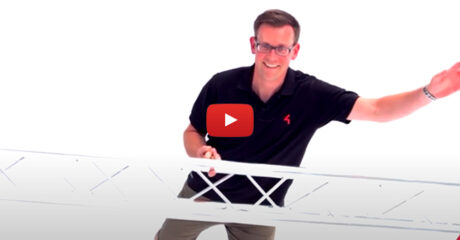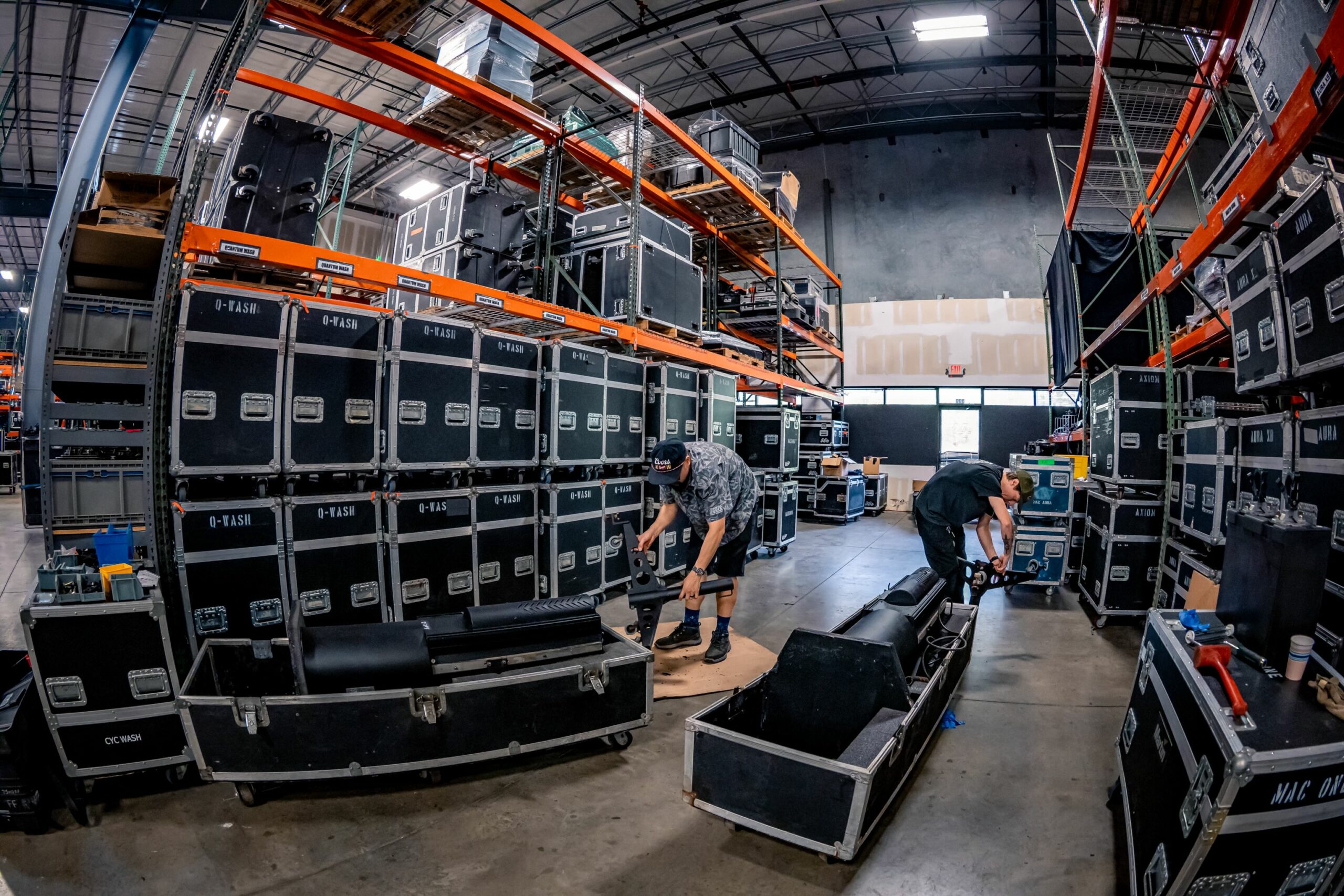
KNOXVILLE – As any rigger will tell you, calculating wind speed accurately is absolutely crucial when constructing temporary structures. In the following videos, Norbert Tripp, Technical Director at Area Four Industries, looks at calculations to determine the all-important factor of wind pressure, compiling a Structural Report, and wind and its effects on temporary roof structures.
More details from A4I (www.areafourindustries.com):
Calculating the Speed, Force, and Pressure of Wind
In the first video, Norbert takes us through the different categories of the Beaufort Scale and explains the significant differences between wind speed, wind force, and wind pressure. As Norbert emphasises, wind pressure is the most important factor to take into consideration by operators of temporary structures. The equation used to calculate wind pressure is presented in simple, easy-to-understand terms.

Watch the video here
The Structural Report
As Norbert reveals, the basis for the safe operation of any temporary demountable structure is good planning. Using the example of a MILOS PA5030 Tower, he looks at the verifications needed in analysing the ultimate limit of any structure, the serviceability limit, and the vital area of safeguarding against overturning, sliding, and uplifting. He also covers the description of the functionality and external dimensions of the structure that influence load assumptions.

Watch the video here
Wind and its Effects on Temporary Roof Structures
The loading capacity of any temporary roof structure is significantly affected by wind. As Norbert explains, the effect of wind load on structures is often severely underestimated. In reassuringly simple terms, Norbert takes us through the essential points used to calculate wind speed and pressure, concentrating on the importance of determining how wall and roof covers react to wind loads – particularly when temporary canvas rooves are used. He also addresses the misconception of many users concerning the self-weight of the structure in balancing the effects of wind forces and therefore underestimating the need for additional ballast.

Watch the video here



